After one month of service as a Community Health Educator, things are moving slowly, but surely. I am beginning or at least trying to get a weekly schedule and routine down. I have planned on Mondays, Wednesdays and Fridays to help the personnel of the Health Center out and perhaps give short health lessons to patients in the waiting area as well as to the place where pregnant women stay a couple weeks before their expected delivery date. On Tuesdays and Thursdays I plan on being at the elementary schools. To begin with, I am trying to give 2 health classes a week, one at the private, evangelical school to 4th or 5th graders and the other at one of the three public elementary schools here in San Isidro to the same age group. I will begin with simpler and easier topics to teach such as diarrhea, personal hygiene, nutrition, upper respiratory infections (Colds), self-esteem, malaria and dengue, and the importance of conserving the environment. Later in my service I will give health classes to the high school students on sexual and reproductive health, HIV-AIDS, and STDs.
Within the last two weeks, I got a new colleague who I will be able to work with in the health center. He is an employee of the ministry of health and his title is community educator, which is exactly what I am striving to become. This is a huge and exciting development for me because my other colleagues at the health center are nurses, doctors, and a personal hygienist who have no prior experience working with a Peace Corps volunteer before. They are hard to collaborate with because they are so busy with their own work, which sometimes relates to my work as a Community Health Educator and sometimes not.
I will give you an example of the work I have been able to observe and contribute to with this new community educator. This past Monday, two doctors a nurse and a nursing assistant along with the new community educator and I went to Soledad de La Cruz. A small rural community under the auspices of the municipality of San Isidro, which has a health post, that is only manned periodically, when there are doctors and nurses available to support it. The Community Educator and I gave a lesson and helped facilitate a meeting with about 17 community health promoters, who live and work near this rural community of Soledad de la cruz. These community health promoters are volunteers and do not get paid (in Spanish they are called “Brigadistas”). I was quite impressed by the amount (17) of volunteers who showed up to this training meeting to be briefed on influenza, and on the preventive measures that the ministry of health wants the community health volunteers in all regions of the country to take. These measures include posting large posters in public places where people congregate (created by the Ministry of Health) that explains with words and pictures what Human Influenza is, how it is spread, who is most at risk, and how to prevent it. Also, the brigadistas received instructions on how to record when there is a suspicious case of influenza in their community and how to advise a doctor.
Until the next post....Nick
Friday, May 15, 2009
Subscribe to:
Post Comments (Atom)
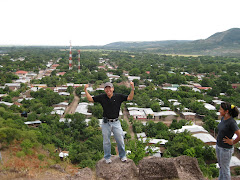


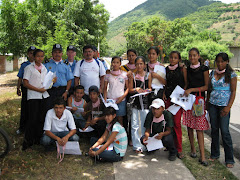


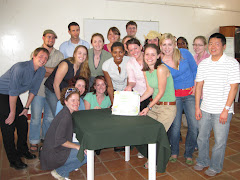
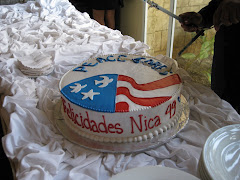
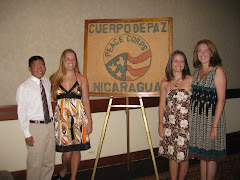
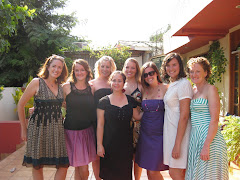
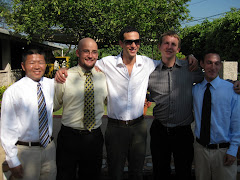
No comments:
Post a Comment